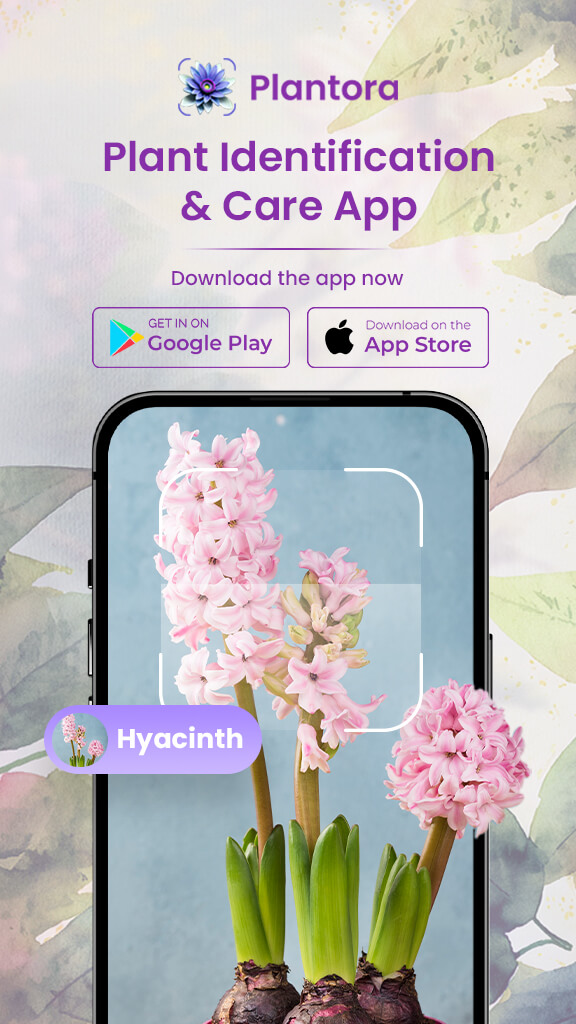
Lemon trees (Citrus limon) are some of the easiest-to-grow fruiting plants. These plants can be grown in both outdoor and indoor gardens, thriving in tropical or semi-tropical conditions. Lemon plants can easily improve the appeal of your home and garden with a pop of color and their captivating citrusy fragrance.
The dark green leaves, reddish buds, white or purple flowers, and yellow fruits of lemon plants keep a pop of color in your garden throughout the year. Moreover, you can also grow these plants indoors as potted plants, but only if you can keep up with the lemon tree care routine.
So, let’s explore how you can grow lemon plants and enjoy these citrus fruits at home with this complete guide.
Selecting The Right Plant

Before you start growing and caring for your lemon tree, you need to select the right variety that will thrive in your local climate. Select a high-yield variety from your local nursery. A grafted lemon tree would start fruiting in the same year, so you can choose that if you want a fast-growing plant. Select a plant that already has some blooms or fruits. Moreover, you can do some research about different varieties of lemon trees and choose the best one for you.
Lemon Tree Care
Here are some care and growing requirements for lemon plants that will help you grow healthy and thriving plants –
Planting
Planting the lemon plant is an important step that can ensure the growth and health of your plant.
- Timing: For better lemon tree care, plant them in spring after any threat of frost has passed.
- Place: Choose a well-draining spot in your garden that receives full sun for lemon plants. Moreover, the site should be covered to protect your plants from wind, frost, and other elements.
- Depth: Dig a hole twice the size of the root ball.
- Spacing: Space according to your garden size. Lemon plants can grow up to 10-20 feet tall and 10-15 feet wide.
Light
Lemon trees are sun-loving plants that thrive in 6-8 hours of bright sunlight daily. Even when grown indoors, choose a sunny spot for better lemon tree care, as sunlight is required to produce blooms and fruits. However, keep new plants in semi-shade to give them some time to adjust. Once they start producing new foliage, you can shift them to full sun.
Water
Newly planted lemon trees would need deep watering every other day. For better lemon tree care, ensure that the root ball is deeply hydrated and the plant isn’t sitting in water. Once established, lemon plants are drought-tolerant.
During their growing season (Summer), these plants need consistently moist soil. For potted plants, be more careful while watering. Don’t overwater the lemon plant. Check if the soil is dry by inserting your finger at least 1 inch deep.
Soil
For most citrus plants, a well-draining and light soil mix is required. Choose a soil mix with a medium texture and slightly acidic pH. Also, make sure that the soil is fertile and rich in nutrients for better lemon tree care.
You can also make a soil mix for your lemon plants by following this formula –
- Mix 30% compost with 20% garden soil and sand, and add 30% cocopeat.
Avoid adding mulch as it can retain moisture, making the soil soggy.
Temperature and Humidity
Lemon plants hate cold temperatures and thrive in warm and humid conditions. For these plants, the optimal temperature range is somewhere between 75 to 85℉. Moreover, they prefer humid levels to be around 50%.
Young plants are more sensitive to colder temperatures and should be protected.
Feeding
Citrus plants demand more nutrition compared to other plants. Therefore, you’ll need to feed your lemon plants either with well-rotted compost or a complete NPK fertilizer. A deficiency in necessary nutrients can cause problems such as yellowing, weak growth, stunted growth, and poor fruit production.
Pruning
Different varieties of the lemon plant can have different pruning needs. Nonetheless, you should remove any dead or decayed plant parts. Also, remove long lateral branches as you would want a wide canopy for better fruit production. Moreover, pinch excess foliage to encourage more blooms.
Harvesting
To harvest the lemon plant, you need patience, as it is common for fruits to take even a year to mature. Lemon fruits should be attached to the tree to ripen. With enough time and patience, you can enjoy the citric acid and vitamin C-packed fruits of the lemon plant. Moreover, you can enjoy lemon fruits in a variety of dishes.
Propagating the Lemon Plant

Lemon trees are some of the easiest to propagate among citrus plants. You can propagate these plants through cuttings. Take these semi-hardwood cuttings during the active season of the plant, from late spring to early summer. Here are the steps you can follow to propagate your lemon plant –
- Take a healthy 3-6 inches long cutting from the plant. The cutting must not have produced fruits or flowers.
- Leave the top two sets of leaves and remove the rest. Apply rooting hormone to the bottom of the cutting.
- Place the cutting in a container filled with well-draining and moist medium.
- Keep the cutting in a warm environment and retain moisture by covering it with a clear plastic bag.
- Make sure that the cutting receives bright light and maintain humidity levels by misting it regularly.
- Check for root development after 2 months by tugging at the cutting gently.
- Remove the plastic bag and keep the plant in a bright spot until spring. Then you can shift it to a permanent place.
Common Pests and Disease Problems
Just like most fruiting plants, the lemon tree is also susceptible to a bunch of plant diseases and pest problems. Therefore, you need to regularly monitor the plant for better lemon tree care –
- Citrus Canker: This is a common disease in most citrus plants. Its symptoms include pinpoint spots on leaves that grow bigger and develop a yellow halo. Make sure that your plant is receiving enough light and use the right fungicides to treat this disease.
- Citrus scabs: These are corky growths on your plant’s leaves, stems, and fruits. It can be treated with a copper-based fungicide.
- Melanose: This fungal problem occurs during rainy conditions. They appear as sunken lesions that are rough to the touch and also cause cracks.
- Citrus greening: This bacterial disease causes deformed fruits and yellow blotchy leaves.
Conclusion
Growing lemon plants can be tricky, but with enough practice and the right guide, you can easily grow and enjoy these fruits at home. Compared to most fruiting plants, lemon tree care is easy, and once you get the hang of it, you can easily grow these and more plants without any worry. Lemon plants are a great option to have in your garden as they have a beautiful appearance and produce delicious and nutritious fruits. To know more about lemon tree care and how you can grow similar plants at home, download the Plantora app. This app provides care guides for various plants and also helps you identify plants and their problems.
Raghav is a talented content writer with a passion to create informative and interesting articles. With a degree in English Literature, Raghav possesses an inquisitive mind and a thirst for learning. Raghav is a fact enthusiast who loves to unearth fascinating facts from a wide range of subjects. He firmly believes that learning is a lifelong journey and he is constantly seeking opportunities to increase his knowledge and discover new facts. So make sure to check out Raghav’s work for a wonderful reading.






I was looking online for an elderly friend who had a “Sprouted” LEMON TREE OR Bush, That Started Growing on the side of her hiuse,and IT wasn’t a LEMON TREE, but at one time it had small green fruits on it, but the previous owner had it cut out, but it still grew back, but didn’t look quite as healthy, but very green and leafy, but lately it’s NOT looking quite so great, it’s still very green, and leafy, but something just isn’t right, and my elderly neighbor is really upset because she cannot afford to spend any extra money on it, and we’ve both been trying different things to try to help it. I am also a Disabled Senior Citizen on a Very Tight Fixed Income so The Cost of your Application vermouth is something both of us cannot with feasibility afford, but the other “Free Applications” aren’t as detailed about “LemonTrees”, so I’m in hopes that the information we got for free from this page will help.
Thank You for having such a Fantastic Website
Available.
Helen L Mora for Carol Leach
1-510-363-5795